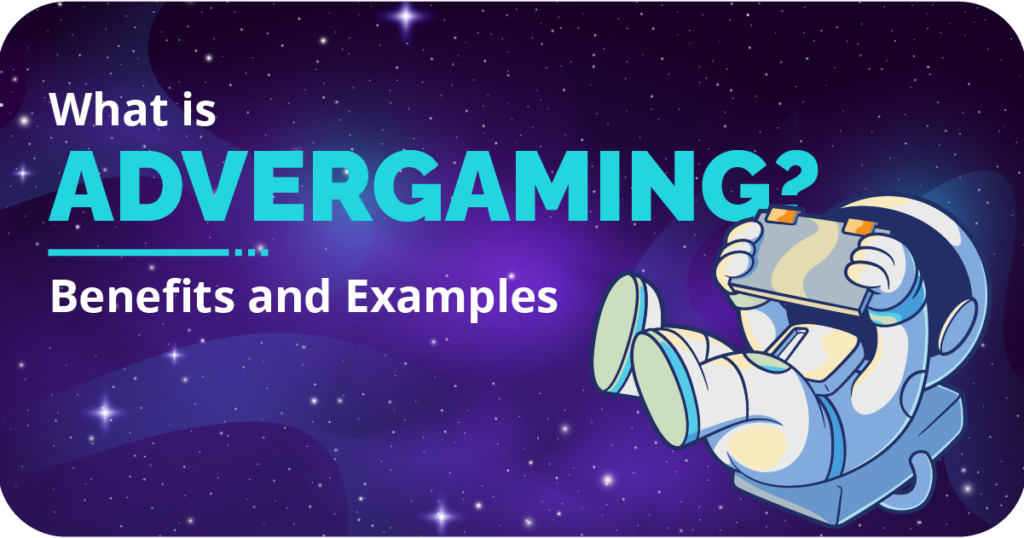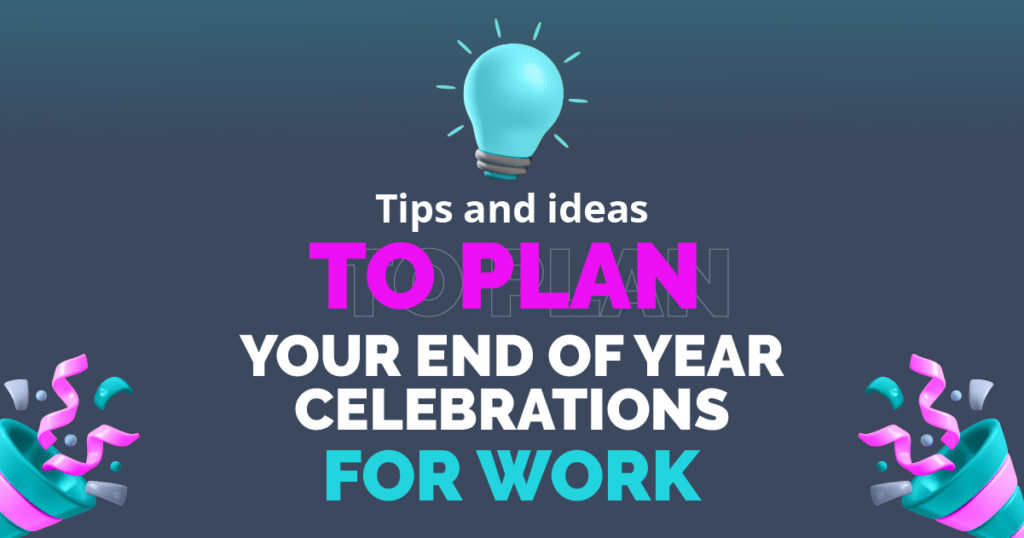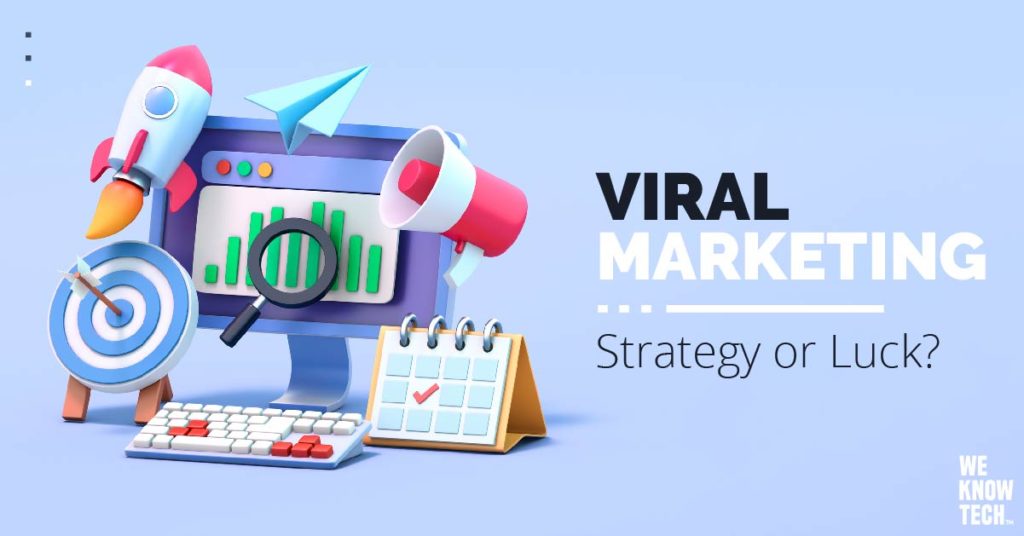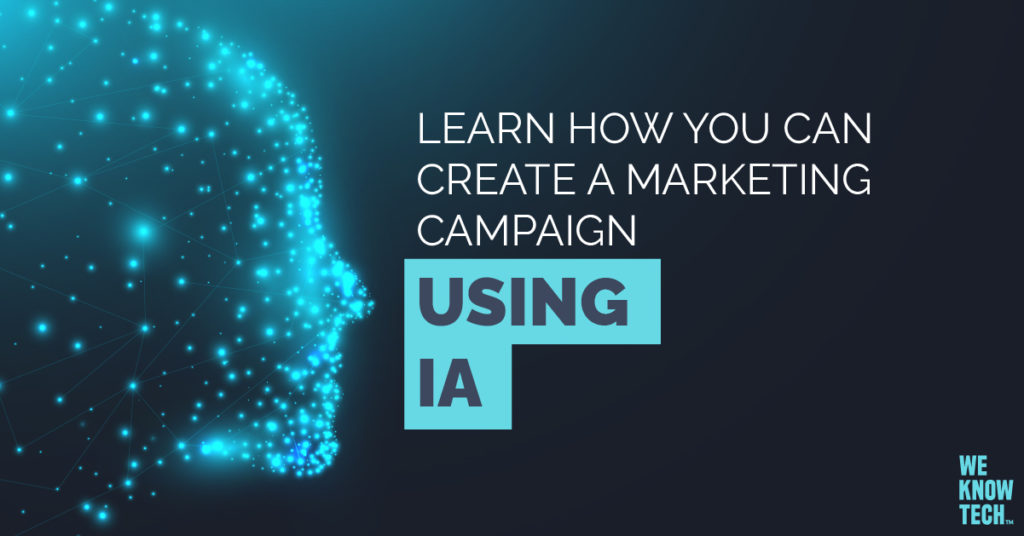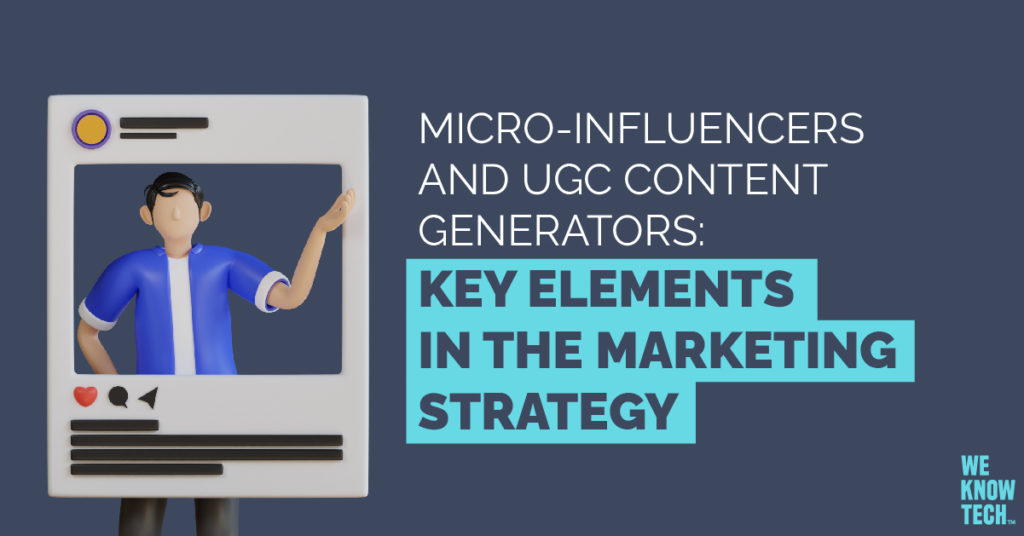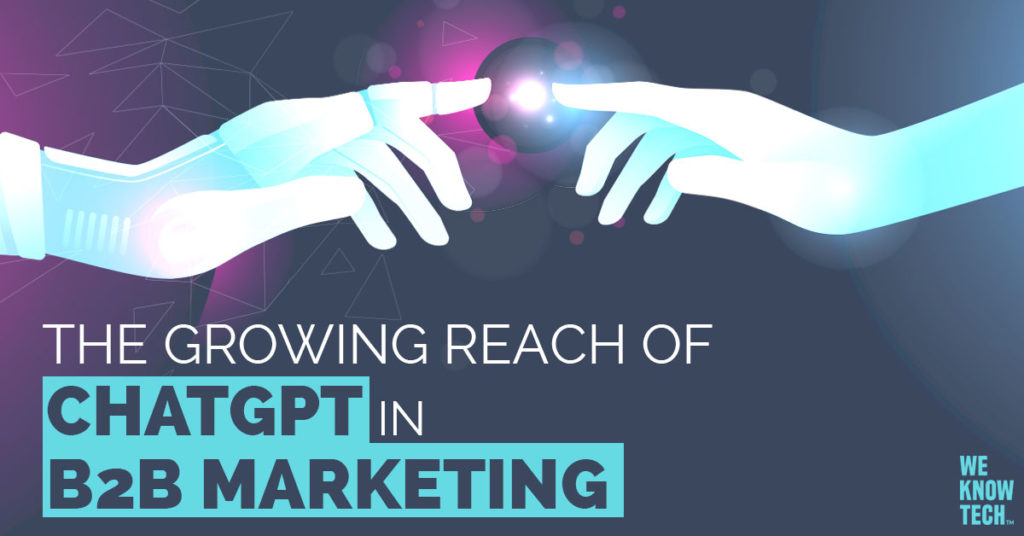The Future of Marketing: Predictions for 2024

As we look ahead to 2024, it’s crucial to anticipate the changes in the marketing landscape. This blog is your guide to the major predictions for 2024, spotlighting the trends and innovations that are poised to reshape how we approach marketing.
From the integration of AI and human creativity to the rise of voice-driven strategies, we’re here to explore what these developments mean for the future of connecting with customers. Let’s journey into what 2024 has in store for the world of marketing!
1) The Big Debate Continues: AI Content vs. Human Content
One big discussion is about using AI (Artificial Intelligence) to create content versus content written by people. In 2024, we expect both to be important. AI can quickly analyze information and write basic stuff, but it can’t replace the unique touch humans bring.
Let’s break down the pros and cons of each one.
AI Content
Pros:
- Efficiency: AI can create content much faster than humans and at a lower cost. This means more content in less time, which is great for keeping up with the demand for fresh material.
Cons:
- Risk of Plagiarism and Impersonality: AI-generated content can sometimes accidentally copy existing material, leading to plagiarism issues. Also, it may lack a personal touch, feeling generic or less engaging.
Human Content
Pros:
- Creativity and Authentic Engagement: Human writers bring creativity and a personal touch that AI can’t match. This leads to content that resonates more deeply with audiences, fostering genuine engagement.
Cons:
- Time and Resource Intensive: Manual writing process takes longer and requires more resources (like skilled writers). This can mean higher costs and slower content production.
2) Voice Marketing
The use of voice-activated devices and voice assistants such as Amazon’s Alexa, Google Assistant, Apple’s Siri, and others to engage with users through spoken interactions is becoming increasingly popular every day.
In 2024, making your content easy to find and use through these technologies will be crucial. It’s about making it easier and more personal for customers to connect with your brand using their voice. If you are thinking to take actions, here are three ways to develop marketing strategies in audio:
- Create Voice Ads: Develop ads specifically for voice assistants to reach consumers who use these devices. This method can tap into a growing segment of users who rely on voice commands for information and shopping.
- Use Voice Assistants at Events: Incorporate voice assistants in events and conferences to engage with prospects. This could include interactive sessions where voice assistants provide information or facilitate activities, creating a memorable experience for attendees.
- Content Creation: Dive into creating audio content such as podcasts or audiobooks. This format is ideal for in-depth discussions, interviews, or sharing insights about the tech industry, catering to an audience that prefers listening over reading.
3) Testing New Self-Service Ad Platforms Arriving in 2024
In recent years, self-service ad platforms have played a significant role in making online advertising accessible to businesses of all sizes, enabling them to effectively reach their target audiences while maintaining control over their advertising budgets.
On these platforms, advertisers can create their ads, select their desired audience, allocate their budget, and monitor real-time performance.
In 2024, significant developments are expected in this sector. The coming year is poised to witness the emergence of enhanced self-service ad platforms from major players such as Amazon, Microsoft, Disney, and LinkedIn. These companies are either upgrading their existing advertising services or launching new platforms, positioning themselves to challenge the dominance of Meta (formerly Facebook) and Google.
Key Developments:
- Amazon and Microsoft: With their vast resources and data, these tech giants are expected to offer innovative advertising solutions, especially beneficial for technology and e-commerce sectors.
- Disney: Known for its storytelling prowess, Disney’s entry into self-service advertising might offer unique branding and content-driven ad opportunities.
- LinkedIn: As a professional networking giant, LinkedIn’s ad platform is particularly promising for B2B marketers, offering targeted access to professionals and businesses.
These developments promise to diversify the digital advertising landscape, potentially offering more specialized and effective marketing options for B2B technology companies.
4) First Party Data Is the New Standard
The way marketers collect and use data is changing significantly. With stricter privacy laws and the phasing out of third-party cookies (the tiny data files websites use to track visitors), there’s a growing emphasis on first-party data. This is the information that companies collect directly from their customers, like when someone signs up for a newsletter or makes a purchase.
Why First-Party Data Is Gaining Importance:
- Trust and Privacy: Customers are more concerned about their privacy. They’re more likely to trust and share their information directly with brands they have a relationship with, rather than through third-party sources.
- Accuracy and Reliability: Data collected directly from customers is generally more accurate and reliable. It gives a clearer picture of who the customers are and what they want.
- Personalization and Experience: With first-party data, companies can tailor their marketing campaigns more precisely. This personalization can lead to better customer experiences, as messages and offers are more relevant to each individual.
- Long-term Relationships: Using first-party data helps build deeper, direct relationships with customers. It’s about understanding and catering to their specific needs over time.
- Navigating Privacy Regulations: As privacy laws become stricter, relying on first-party data is a safer bet. It helps companies stay compliant while still making informed marketing decisions.
This shift towards first-party data represents a move to more respectful and effective marketing, where customer privacy is prioritized, and marketing efforts are more targeted and meaningful.
5) Video Marketing Dominance
Video marketing is not just maintaining its relevance; it’s expected to grow even more powerful in 2024. Here’s how it’s evolving:
- Brand Storytelling and Product Showcasing: Marketers are increasingly using video to tell engaging brand stories and showcase products. This method allows for a more dynamic and visually appealing way to communicate the values and specifics of tech products, making complex information more digestible and engaging.
- Live Streaming: It offers real-time interaction, which is key for authenticity and engagement. Brands hosting live events, product launches, and behind-the-scenes looks can provide immersive and compelling content. This approach not only captivates audiences but also builds a sense of community and immediacy around the brand and its offerings.
- Deeper Connections with the Audience: Through these video strategies, brands can forge deeper connections with their target audience. The interactive nature of live streaming, coupled with the storytelling power of video, creates a two-way conversation between brands and consumers. This is particularly important in the B2B technology sector, where establishing trust and understanding is crucial.
In summary
Looking towards 2024, marketing is evolving rapidly with AI and human creativity merging to create more impactful content. Also, voice marketing is on the rise, offering new ways to engage customers, and the debut of new ad platforms by tech giants is set to shake up the digital advertising world.
Meanwhile, the focus on first-party data is becoming crucial for tailored, privacy-conscious marketing. Video marketing, especially live streaming, is expected to continue growing, providing more interactive and authentic brand experiences. These trends indicate a shift towards more personalized, efficient, and engaging marketing practices.
At iSource Marketing, we firmly believe that businesses should take the lastest trends to build strong brand concepts and to develop marketing plans that turn clients into fans. Please, feel free to contact us for advice or quotes on innovative solutions, and take the bold step to enhance your B2B/B2C strategies with us.




